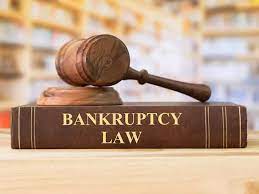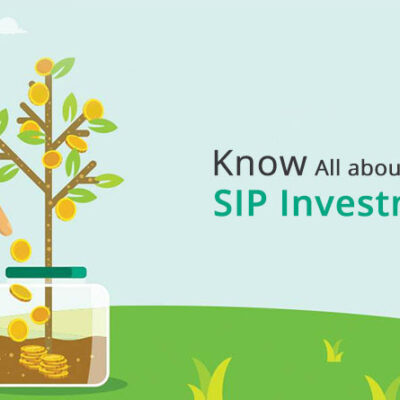To speed up proceedings to clear caseload, Ministry of Corporate Affairs in the January published dozens of proposed amendments to the insolvency code, giving the public until February 2007 to provide input.
India’s bid to streamline bankruptcy proceedings includes provisions that could change the proportion of money creditors get from a firm’s liquidation.
Provisions under consideration include the introduction of a new electronic case management system, penalties for frivolous claims, and changes to the way secured and unsecured creditors can be treated when a company’s remaining assets get sold.
“These amendments, if it goes through, would go a long way in smoothening the process, reduce timelines, and thereby improving the recoverability,” said Prakash Agarwal, director and head of financial institutions, India Ratings and Research.
“Given the limited clarity on the distribution of proceeds, there was lot of litigation taking place.”
Insolvency and Bankruptcy Code 2016 was implemented through an act of Parliament. It got Presidential assent in May 2016. The law was necessitated due to huge pile-up of non-performing loans of banks and delay in debt resolution.
The Insolvency and Bankruptcy Code of 2016 helped Indian banks shed bad loans in the run-up to the pandemic, by imposing a deadline for resolving distressed cases and a provision permitting the sale of companies through a bidding process. But despite efforts to speed up proceedings, the case load has mounted due to missed deadlines, more filings and even a lack of judges. The time to initiate and resolve bankruptcies increased, and investors are recovering an ever smaller share of their funds, according to official statistics.
The aim of insolvency and bankruptcy code of 2016 is to provide a time-bound process to resolve insolvency. When a default in repayment occurs, creditors gain control over debtor’s assets and must take decisions to resolve insolvency. Under insolvency and bankruptcy both can start ‘recovery’ proceedings against each other. It applies to companies, partnerships and individuals.
Insolvency resolution in India took 4.3 years on an average against other countries such as Unites Kingdom (1 year) and Unites States of America (1.5 Years), which is sought to be reduced besides facilitating the resolution of big-ticket loan accounts.
Companies have to complete the entire insolvency exercise within 180 days under IBC. The deadline may be extended if the creditors do not raise objections on the extension. For smaller companies including start-ups with an annual turnover of Rs 1 crore, the whole exercise of insolvency must be completed in 90 days and the deadline can be extended by 45 days. If debt resolution doesn’t happen the company goes for liquidation.
Insolvency and Bankruptcy Board of India has been appointed as a regulator and it can oversee these proceedings. IBBI has 10 members; from Finance Ministry and Law Ministry the Reserve Bank of India. A licensed professional administer the resolution process, manage the assets of the debtor, and provide information for creditors to assist them in decision making.
When a default occurs, the resolution process may be initiated by the debtor or creditor. The insolvency professional administers the process. The professional provides financial information of the debtor from the information utilities to the creditor and manage the debtor’s assets. This process lasts for 180 days and any legal action against the debtor is prohibited during this period.
Under the proposed new system, creditors will receive money totalling as much as the liquidation value of the company, and if there are any additional funds, they will be distributed among all creditors in relation to their unsatisfied claims, and finally to shareholders, said Sonam Chandwani, Managing Partner at KS Legal & Associates.
“Creditors will positively be impacted as a roadmap of prioritisation in re-payment will aid in promoting their interests,” she said. The average recovery rate on assets plummeted to around 30% in March 2022 from around 70% in 2017. It stood at about 33% in September, according to Insolvency and Bankruptcy Board of India data. “At least, it is clear that the government is alive to the problems and all issues are being considered,” said L. Viswanathan, partner at the law firm Cyril Amarchand Mangaldas.
(Source: https://bfsi.economictimes.indiatimes.com/news/policy/how-indias-bid-to-reform-bankruptcy-law-affects-payouts-to-creditors/97259892#:~:text=Under%20the%20proposed%20new%20system,Chandwani%2C%20Managing%20Partner%20at%20KS)








